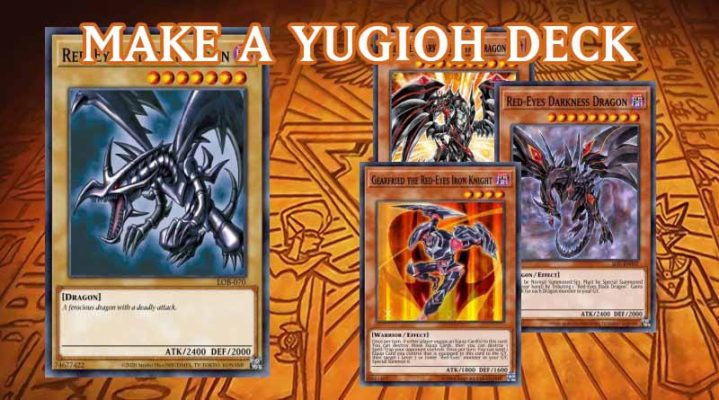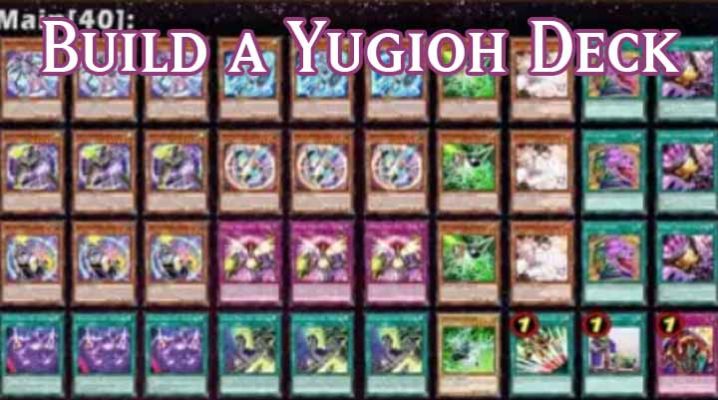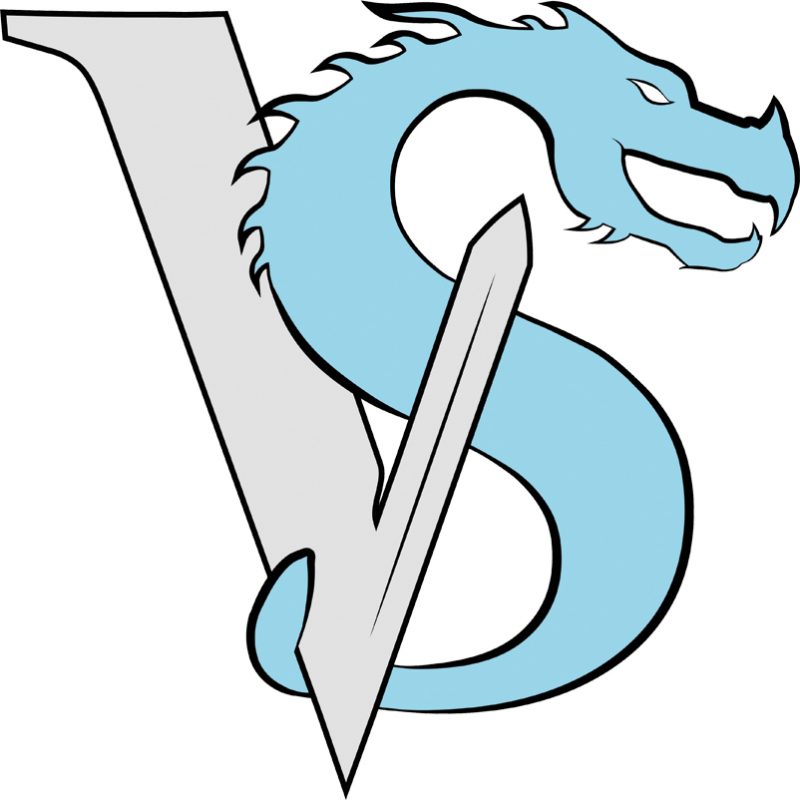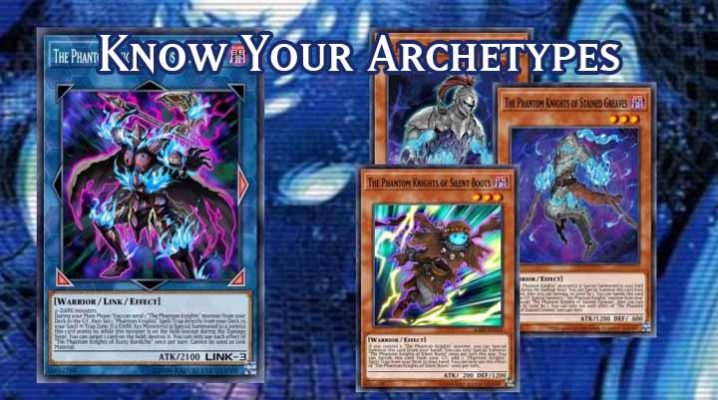Blog
How to Build a Yugioh Deck?
Yugioh is one of the oldest collectible card games around. This is a good thing, because it means there are a lot of different cards out there. There are a lot of different ways they can be combined, too. It can be kind of difficult to tell how to build a Yugioh deck out of all those choices. If you follow these guidelines, though, it’s easier to build a Yugioh deck than it seems.
Make a Yugioh Deck
To make a good, competitive deck, you need to understand the principles of deck construction. To start, you’re going to need to have at least 40 cards in your deck. You can have as many more than 40 as you like, though. However, just because you can have more than 40 doesn’t necessarily mean that you should.

Many decks rely on a few good cards or combinations that can change the course of the game. With that setup, you’re going to want to get to them as quickly as possible. That’s a good reason to just stick to the minimum 40 card size. You also don’t want to run out of cards, either, though. So if your deck has many different good combinations in it, it can be better to have a larger deck. However, you need to have enough good cards and combos to have a chance of getting something in every draw. That’s not always easy to do.
No matter how many cards you have in your deck, you need to keep them to a certain ratio. Half of them should be Monsters. One quarter of them should be Spells. One quarter of them should be Traps. Stray too far from this ratio and your deck won’t play well. While there are exceptions to this rule, they are very rare.
Know Your Archetypes
Before you build a Yugioh deck, you need to choose an archetype. An archetype is a themed group of cards with similar names. These cards have mechanics that work well together, making it easy to build a highly effective deck using that archetype. There are many different archetypes. Some of the more popular ones are:
- Phantom Knights: The Phantom Knights archetype is good for someone just getting into the game. This is because it doesn’t require a lot of investment to get going. It generally works by bringing out a small board presence and keeping the opponent stunned while draining their Life.
- Eldlich: The Eldlich archetype is good for players who like to control the game state with clever effects. Eldlich Trap and Spell cards have recursion, so you can recycle their resources after using them. This lets you keep things moving along in your favor.
- Invoked: The Invoked archetype is good for quickly summoning an unending stream of Monsters that can be recycled. It can recycle its engine pieces, too. Combined with the ability of denying the opponent their graveyard resources, this can be an incredibly powerful archetype.
- Frogs: The Frogs archetype is good for control decks. Some of them can even defeat an opponent before they get a chance to play anything.
- True Draco: The True Draco archetype is designed for Tribute-summoning your Monsters very quickly. It’s a good archetype for those who like an aggressive play style. Also, the Trap and Spell cards have extra effects that are triggered by being sent to the Graveyard. That can really put your opponent in a bind.
How to Build a Yugioh Deck
Before you can make a Yugioh deck, you need to make some basic strategic decisions. The first of these is to decide on your overalls style of play. Do you lean toward a fast, attack-oriented style to take your opponent down before they can do anything? Would you prefer a conservative, defensive style that lets you build up power? Perhaps you like to lay cunning traps and build up strange, hard-to-anticipate traps? Or maybe you want to concentrate on denying your opponent any good cards?
Once you’ve chosen your archetype, choose a deck size. Next, select your Monster cards. About 60% of them should be level 4 or less. 20% should be level 5 or 6. 10 % should be level 7 or higher. The other 10% can be anything. However, it is a bad idea to have too many high level cards, which can be difficult to summon easily.

The next step is to choose your Spell cards. About one third of them should either support your Monster cards or should be part of a combo. The rest should be stand-alone Spells that have useful effects unrelated to Monster support. Try to select effects you don’t think your opponents will expect or know how to handle.
Finally, you need to choose your Trap cards. About two thirds to three quarters of them should act as support for your archetype. The remainder should be staples that make up for your deck’s weaknesses. For example, use Mirror Force to protect your Monsters if they are weak. If you are vulnerable to Traps then include a Trap Stun card.
How to Make a Yugioh Deck
Building a deck is one thing. Making a truly effective Yugioh deck, though, requires play testing. Just because an idea seems good in theory doesn’t mean that it will work out well in practice. If your awesome combo is too difficult to ever get out then it’s no good to you. All it does is take up space and keep you from getting to better cards more quickly. Get rid of it. If certain Monsters keep getting eliminated before they can help you then get rid of them. Take a look at how every element of your deck performs in play and replace ineffective elements with new ones.
Take the time to put together a thoughtful deck that’s carefully play tested and adjusted. You’ll build a Yugioh deck that’s very competitive, even without spending a ton of money on cards.
Check out the best trading card games in 2022!

